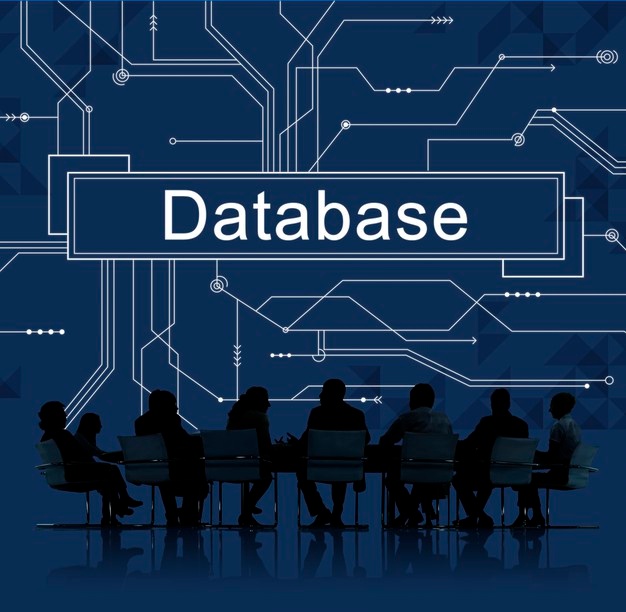Recently we had the privilege of taking part in a Fireside Chat with Pinal Dava, aka SQLAuthority, ask asked the question: “If I could time travel, what would I have wished to know when starting with databases?” It was an intriguing question that sparked a journey of introspection, leading him to reflect on the valuable insights gained through years of experience in the database field. In this blog post, we will share with you a detailed answer to that question, offering guidance and wisdom to those who are embarking on their own database journey. Additionally, we invite you to watch the recorded video of the Fireside Chat, where we delved deeper into this topic. You can find the video here.
Here are few things Pinal wishes he knew when starting with database:
Choosing the Right Database Management System (DBMS):
Selecting the appropriate Database Management System (DBMS) is akin to choosing the right tool for the job. A DBMS comprises tools and functionalities that effectively manage and manipulate databases. As a beginner, consider factors like scalability, performance, and the ecosystem surrounding different DBMS options. Popular choices like MySQL, PostgreSQL, and MongoDB offer distinct features and trade-offs. Take the time to evaluate these options and make an informed decision.
Planning and Designing Database:
A well-thought-out and designed database sets the stage for efficient data management. Begin by identifying your requirements and objectives, carefully outlining the data you wish to store and its desired structure. Techniques like Entity-Relationship (ER) modeling and normalization help visualize and optimize your database schema. Avoid common pitfalls by adhering to normalization principles, which eliminate redundancy and maintain data integrity. Investing effort in planning and design pays dividends as your database grows.
Understanding Data Integrity and Security:
Data integrity and security lie at the heart of any reliable database system. Implement robust measures to ensure data accuracy, consistency, and protection. Employ data validation and constraints to maintain data integrity, preventing invalid or inconsistent entries. Furthermore, fortify your database against security threats by following best practices like strong authentication mechanisms, encryption, and timely security updates. Prioritizing data integrity and security establishes a solid foundation for a trustworthy database system.
Efficient Querying and Indexing:
Crafting efficient queries and optimizing database performance is a valuable skill. Construct queries that make efficient use of indexing, minimizing unnecessary table scans and improving performance. Indexing acts as a roadmap, enabling quick access to specific data by creating an index for stored information. Choose appropriate columns to index and strike a balance between indexing and performance considerations. Your future self will appreciate the improved speed and responsiveness of your queries.
Backup and Recovery Strategies:
The nightmare of data loss can be averted with comprehensive backup and recovery strategies. Regularly back up your database to safeguard against unforeseen events. Consider suitable backup methods, such as full backups, incremental backups, or continuous data replication, based on your specific needs. Additionally, develop a robust disaster recovery plan that accounts for contingencies, minimizing downtime. A proactive approach to backup and recovery ensures the preservation of your valuable data.
Scaling and Performance Optimization:
As your application or business grows, so does the volume of data it generates. Scaling your database becomes essential to accommodate increasing demands. Explore strategies like sharding, which involves distributing data across multiple servers, or replication to ensure high availability and fault tolerance. Additionally, optimize performance by employing techniques like query optimization, index tuning, and caching. Strive for a balanced and scalable database system as you progress on your database journey.
Continuous Learning and Staying Updated:
In the realm of databases, knowledge and technology constantly evolve. Embrace a mindset of continuous learning to stay updated with the latest advancements, trends, and best practices. Engage with the vibrant database community, attend conferences, participate in forums, and explore educational resources. By fostering a thirst for knowledge, you equip yourself with the skills and insights needed to adapt and thrive in the dynamic database landscape.
Conclusion:
In conclusion, the Fireside Chat provided a platform for us to reflect on the question of what Pinal wished he knew when starting with databases, given the opportunity to time travel. Through years of experience and insights gained, he have shared valuable advice on understanding the basics of databases, selecting the right tools, planning and designing databases, prioritizing data integrity and security, mastering efficient querying and indexing, implementing backup and recovery strategies, embracing scalability and performance optimization, and committing to continuous learning. We invite you to watch the recorded video of the Fireside Chat to delve deeper into these topics and gain further insights.



